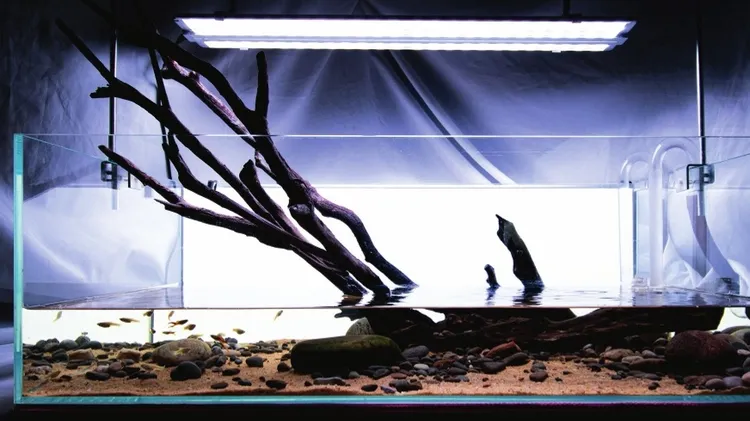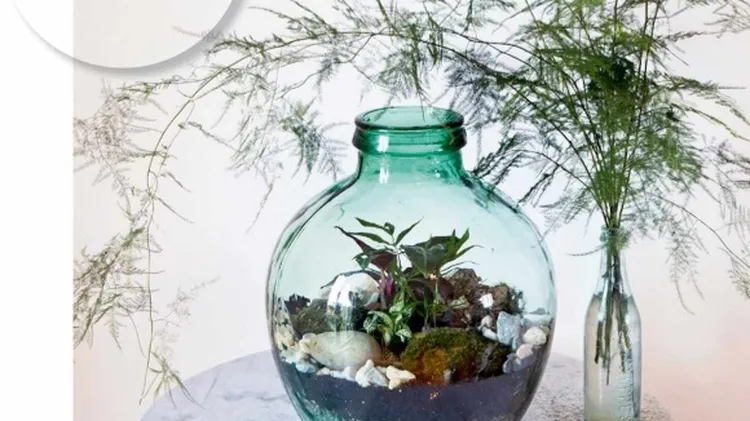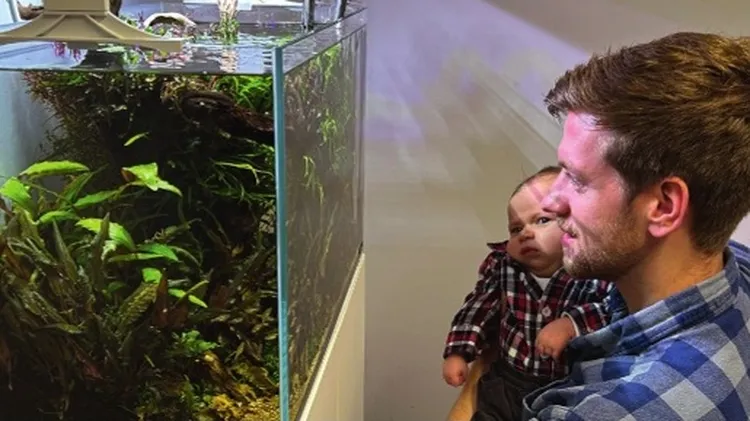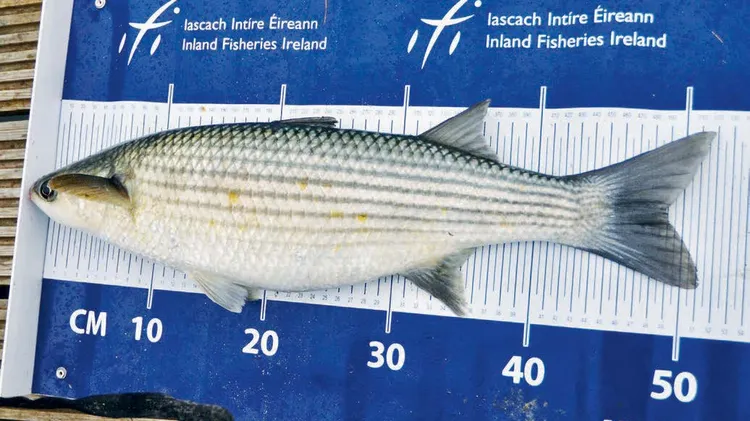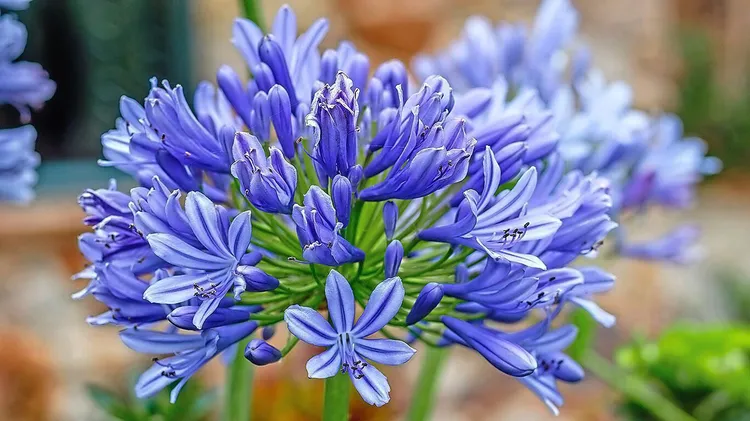Got a fishkeeping question? PFK’s crack team of aquatics experts are on
Fishkeeping answers
21 min read
This article is from...
Read this article and 8000+ more magazines and newspapers on Readly

